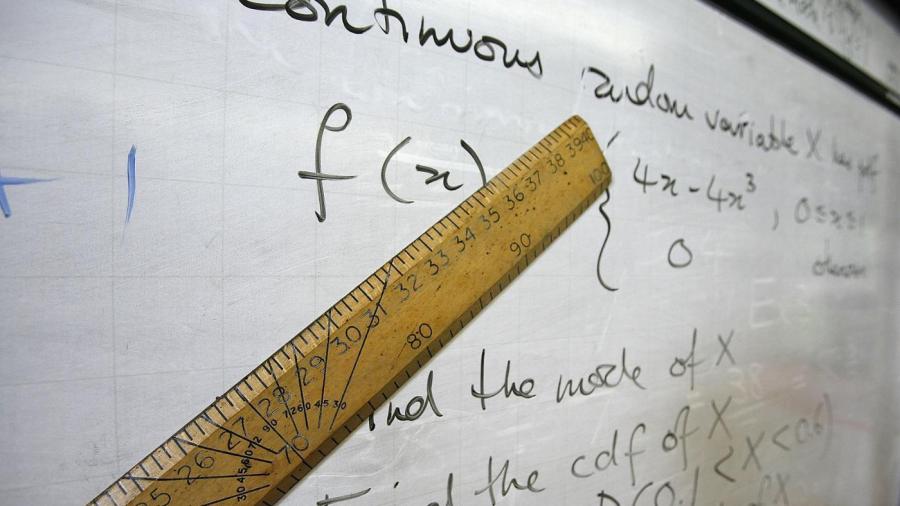What Is a Mathematical Sentence?
Follow Us:
Twitter

A mathematical sentence combines two expressions with a comparison operator to create a fact that may be either true or false. Possible comparison operators are “equal,” “not equal,” “greater than,” “less than,” “greater than or equal to” and “less than or equal to.” Mathematical expressions containing the “equal” sign are considered equations; those containing the “inequality” symbol are considered inequalities.
A mathematical sentence makes a statement about the relationship between two expressions. An expression is composed of numbers, variables or a combination of both and are sometimes joined by operators such as “+,” “-,” “/” or “*.”
Examples of equations are:
- 4x + 3 = 12
- 6y – 50 = 100
- 10 + 1 = c + 6
Examples of inequalities are:
- 15 – 6
- 18 >= 16.5
- 3 c
- 5
- 10 > 5





